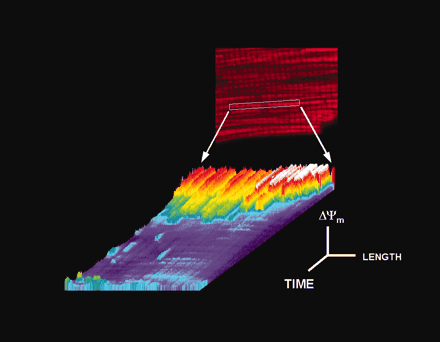The “Heartbreak” of Older Age
- Laboratory of Cardiovascular Science Gerontology Research Center Intramural Research Program National Institute on Aging National Institutes of Health, Baltimore, MD 21224
- Address correspondence to EGL. E-mail lakattae{at}grc.nia.nih.gov; fax (410) 558-8150.
Abstract
It is estimated that by 2035, nearly one in four individuals in the United States will be sixty-five years of age or older. Hypertension, atherosclerosis, and resultant chronic heart failure reach epidemic proportions among older persons, and the clinical manifestations and the prognoses of these worsen with increasing age. The reason is that, in older individuals, specific pathophysiological mechanisms that underlie these diseases become superimposed on heart and vascular substrates that are modified by the process of aging. In other words, cardiovascular aging is “risky.” An understanding of how age, per se, modifies cardiovascular structure and function is critical to the prevention or treatment of cardiovascular diseases in the older person.

- © American Society for Pharmacology and Experimental Theraputics 2002



